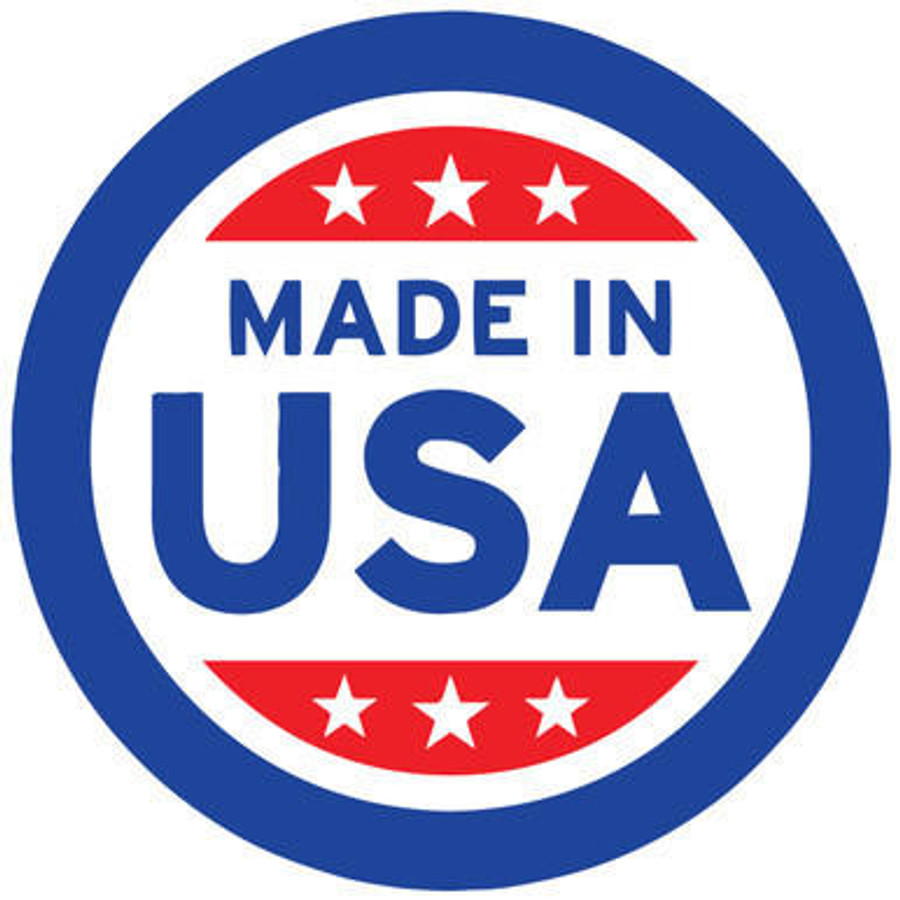Product Details
Description
- Stronger: The wood cap system and the inside wall supports add to the unparalleled structural integrity of the feeder.
- Revolutionary Cap & Ladder System: Sealed feeding tubes ensure the bees are confined to the feeding area so you will experience minimal drowning.
- Easy To Clean: This is the only feeder available where the entire cap and ladder system is easily removed for cleaning.
- No Burr Comb To Clean: Sealed feeding tubes prevent the bees from making burr comb in the feeder and keep the queen from laying brood inside.
- Textured Interior Wall: Textured interior walls for those who wish to use the feeder without the cap and ladder system.
- New & Improved Ladder!: We've completely redesigned the ladder using better material and adding a lip at the top and a flat bottom to hold it in place better.
- Holds 1½ gallons (5.68 l)
- Ear measures 2½" (6.35 cm)
- Fits with a ¾" (1.94 cm) gap using 8 new frames
- Made in the USA
Remove honey supers intended for human consumption prior to feeding.
Specification
- 3.50 x 9.40 x 19.90 inches
- 2.40 LBS















